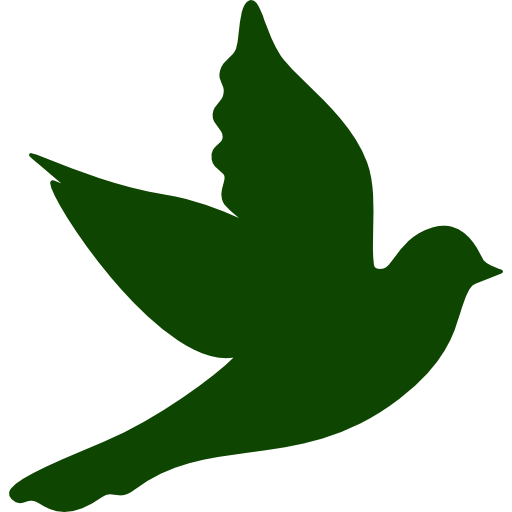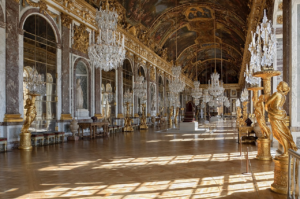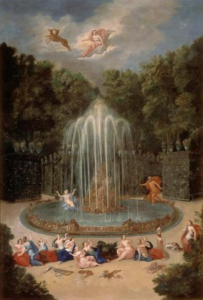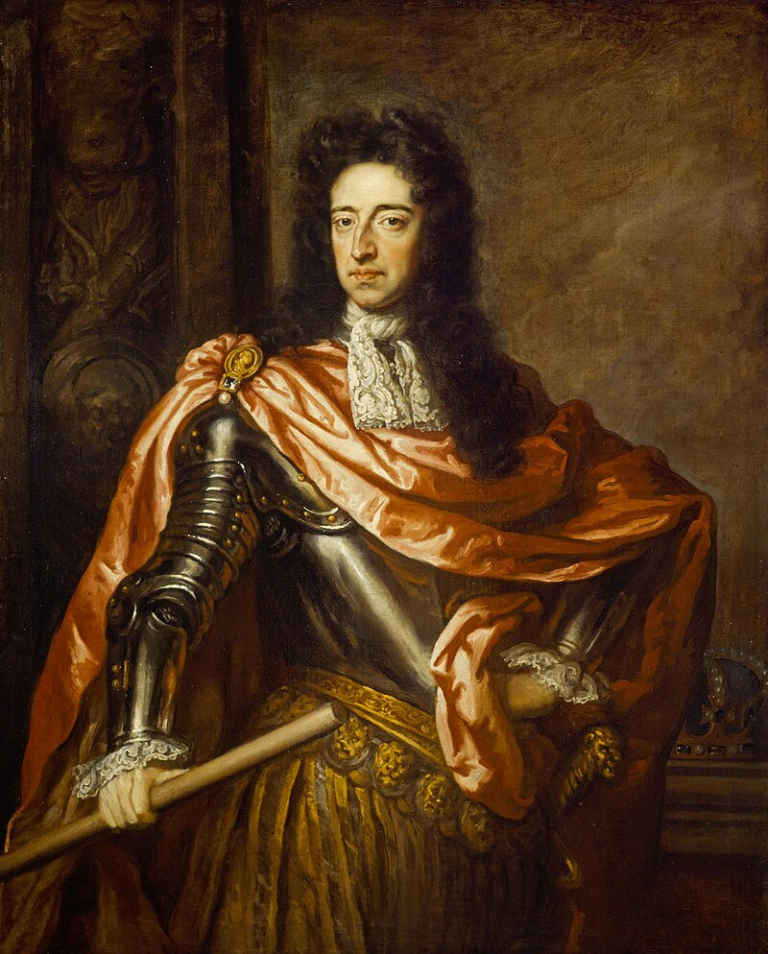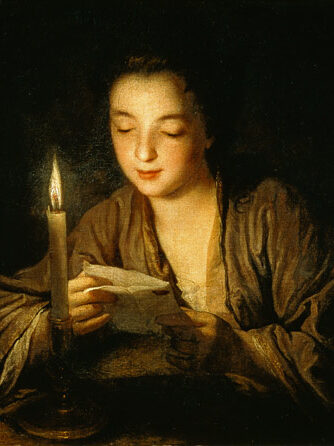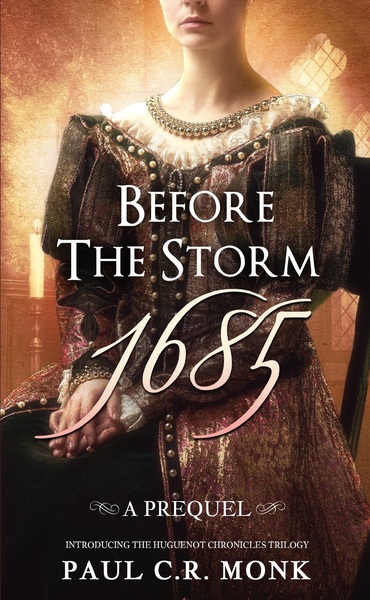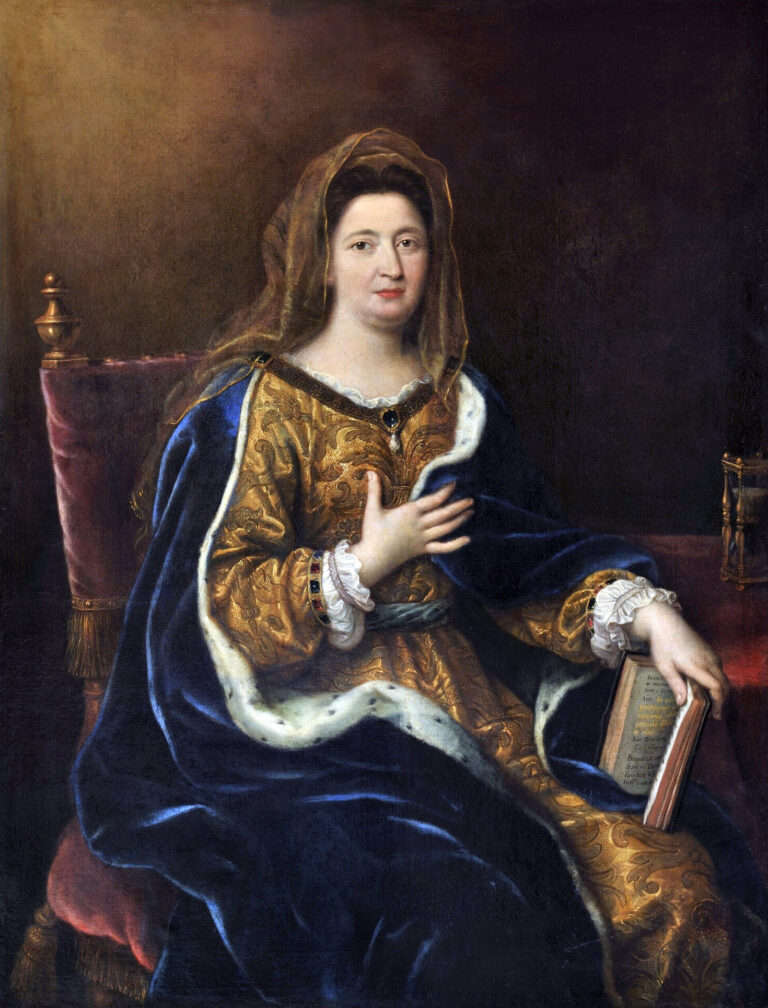V is for Versailles – Louis XIV’s magnificent palace
A contribution to the #AtoZchallenge 2024
The Palace of Versailles
Starting in 1661, Louis XIV took several decades to transform a royal hunting lodge in Versailles into one of the most magnificent palaces in Europe. Following his whims, renowned architects designed, renovated and expanded the vast and ornate complex of buildings in the French Baroque style, featuring lavish decorations, gilded furnishings, and elaborate structural details.
The palace contained numerous apartments for the king, his family, his current mistress, and members of the court. These apartments were sumptuously decorated and furnished with luxury items, reflecting the extravagant lifestyle of the royal court. Among the palace’s amenities were chapels, theaters, and other entertainment venues, enabling courtiers to participate in religious services, theatrical performances, concerts, and cultural events. These venues were used to entertain and impress Louis’ guests.
One of the most famous features of Versailles was the Hall of Mirrors, a grand gallery lined with 17 mirrored arches that reflected the sunlight and created a dazzling effect. The hall was used for official ceremonies, receptions, and diplomatic events, and it served as a symbol of Louis XIV’s wealth and power.
Gardens
Surrounding the palace were magnificent formal gardens, designed by the renowned landscape architect André Le Nôtre.
A major feature was the Grand Canal, an artificial waterway stretching for over 1.5 kilometers, accompanied by numerous fountains, cascades, and water basins. Swans and other water fowl added beauty and elegance.
The Orangerie was a large greenhouse to protect citrus trees during the winter months. During the summer, the trees were moved outdoors to adorn the garden paths, which were embellished with a multitude of sculptures and statues, depicting classical gods, mythological figures, and allegorical themes.
Wide avenues and tree-lined alleys provided shaded walkways for promenading and leisurely strolls, while deer roamed freely within the vast expanses of the parkland. The king and his courtiers hunted deer, wild boar, and rabbits in the surrounding woodlands.
The palace and gardens were intended to showcase the power and grandeur of the French monarchy.
In the book ‘Greet Suzon for me’, Suzanne d’Albert’s friend is a prominent member of the royal court. Her letters reveal private details of King Louis’s life in the Palace of Versailles. When the pressure against Huguenots rises, Suzanne’s family escapes from France to Jersey. The historical novel is due to be published in 2025.
Here are all the A-Z posts: A B C D E F G H I J K L M N O P Q R S T U V W X Y Z
